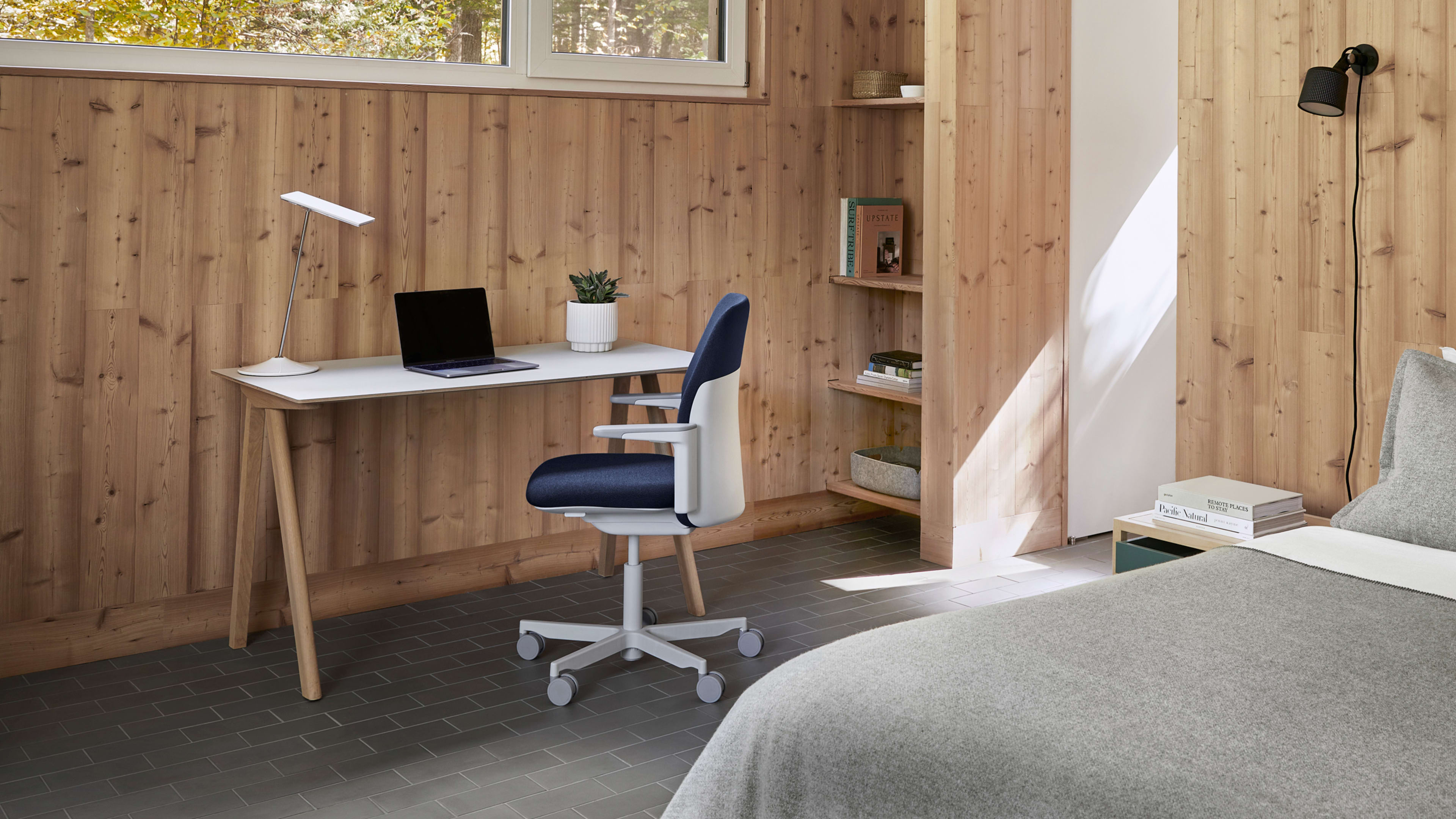Last year, the furniture company MillerKnoll debuted an eco-friendly makeover of its iconic Aeron task chair, incorporating over two pounds of recycled ocean plastic inside. Today, the office furniture brand Humanscale raises the bar in a big way, as it reveals its new Path task chair.
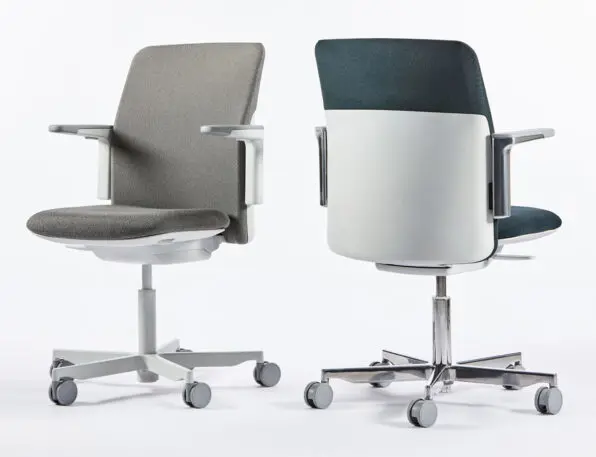

“Our slogan is doing less harm isn’t good enough,” says CEO Bob King. “You have to start repairing some of the damage.”
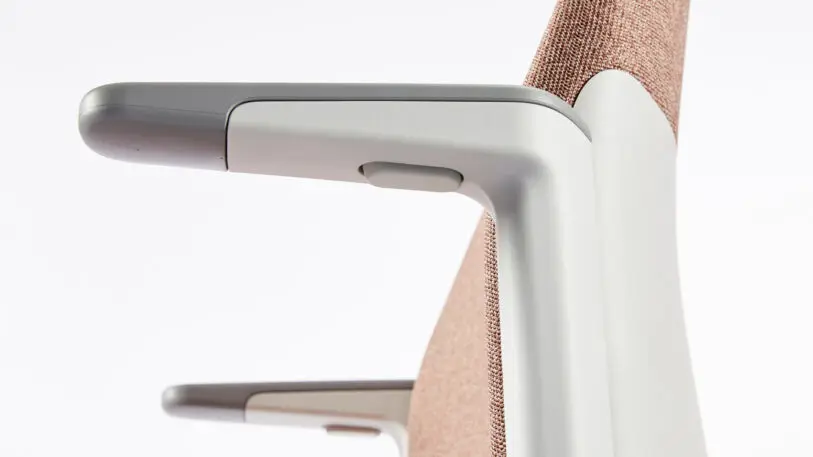
Designed by Todd Bracher, the Path chair builds upon Humanscale’s existing Ocean line of chairs, each of which incorporated two pounds of ocean plastic. Bracher was able to push the limits further due largely to Humanscale’s investment in the pipeline of recycled ocean plastics in addition to some significant design innovations.
[Photo: courtesy Humanscale]At first glance, the Path appears to be upholstered like a 1980s office chair. In fact, you’re looking at a zero-waste, 3D knitted “shower cap,” as Bracher jokingly calls it. The knitted cover squeezes 68 water bottles of material into its soft textile. Yet, unlike those office chairs of yore, this textile is knitted at tensions that vary by zone to support the parts of your body differently. This gives it a performance quality more like modern sneakers than a retro piece of office furniture.
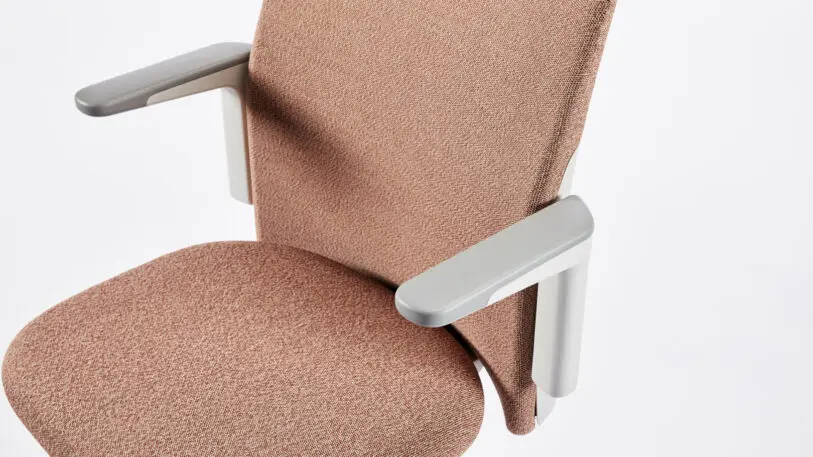
[Photo: courtesy Humanscale]Bracher had to juggle where to take advantage of the fishing-net plastic and where to use other recycled plastic in order to maximize the chair’s structural integrity. The distribution of plastics came down to aesthetics, too. Ultimately, Bracher used conventional recycled plastic for touch points, like the chair’s high back and arm rests. He then tucked the recycled ocean-net plastic inside the chair, where you wouldn’t see it. “You don’t see a lot of that material [because], typically, those materials don’t have a nice look to them,” says Bracher, who points out their dark, and sometimes uneven, finishes. “Chances are, if you don’t have to see it, that’s good.”
[Photo: courtesy Humanscale]The base of the chair is made from unpolished aluminum, chosen because it’s easy to recycle. As for under the seat: Do you see any springs, handles, or adjustment knobs for tilting the chair back? No. Humanscale saved an estimated 15 pounds of material on the chair because of a unique design that balances your butt on something like a miniature teeter totter. As you lean back, the seat actually lifts just a few millimeters to use your own weight as a counterbalance. The result: 95% of the population can sit in a Humanscale chair, lean back as much as they like, and the chair will simply hold in place.
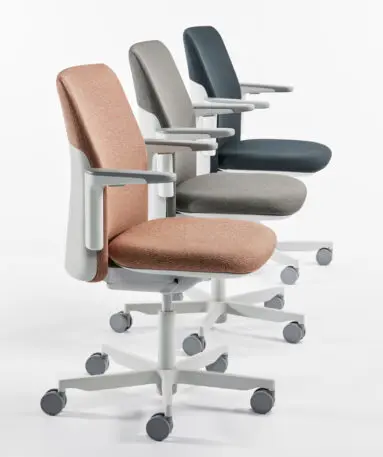

Recognize your company's culture of innovation by applying to this year's Best Workplaces for Innovators Awards before the extended deadline, April 12.
